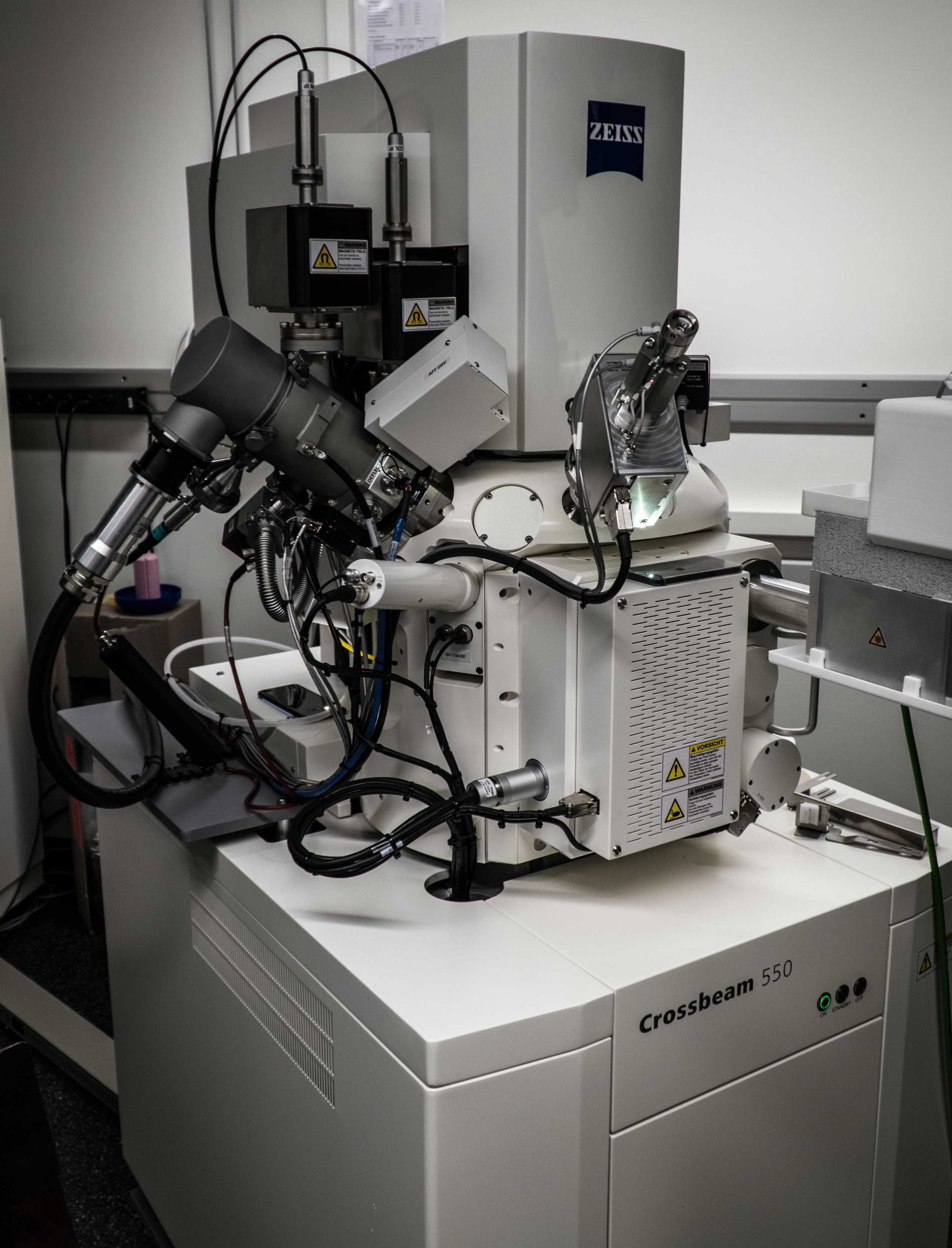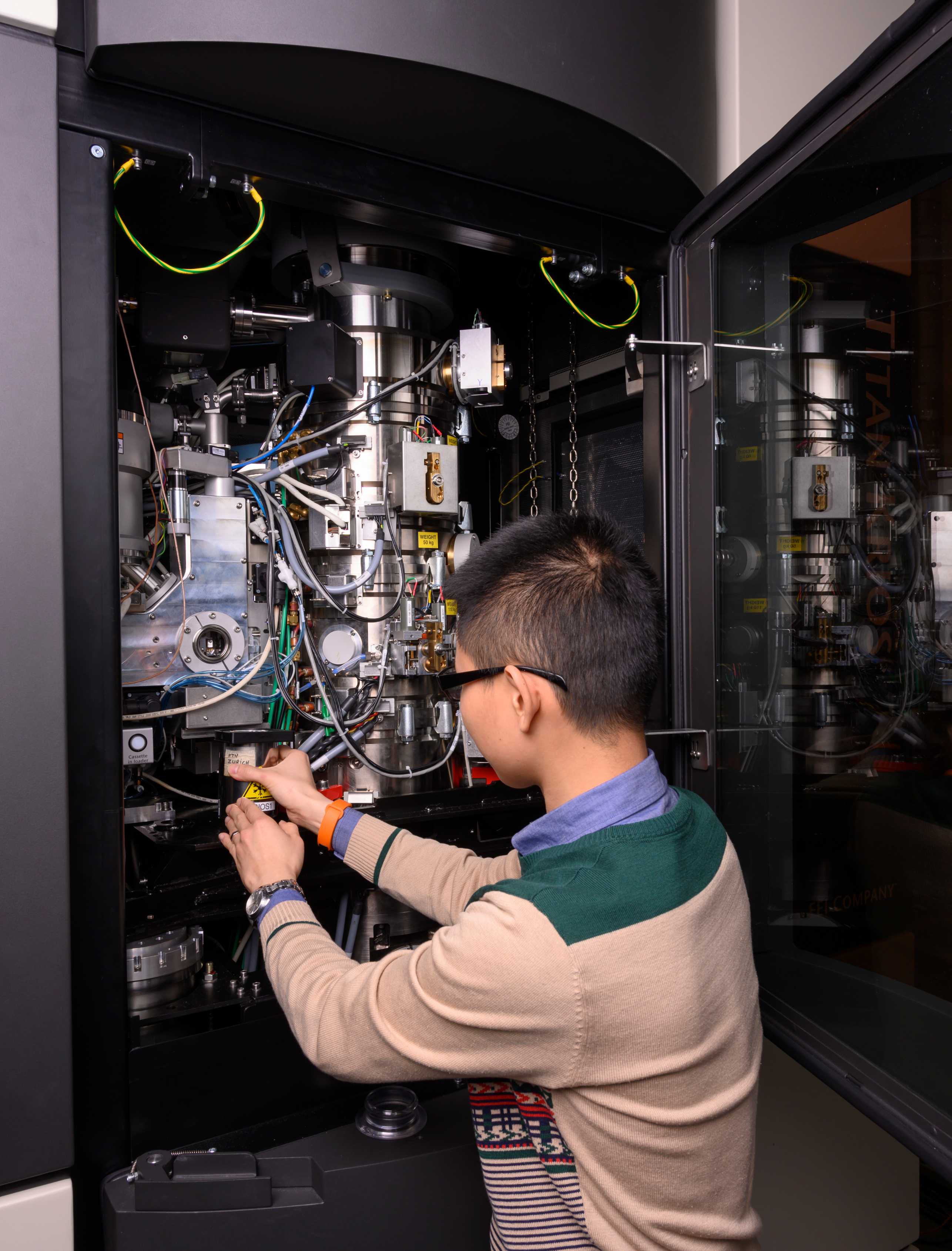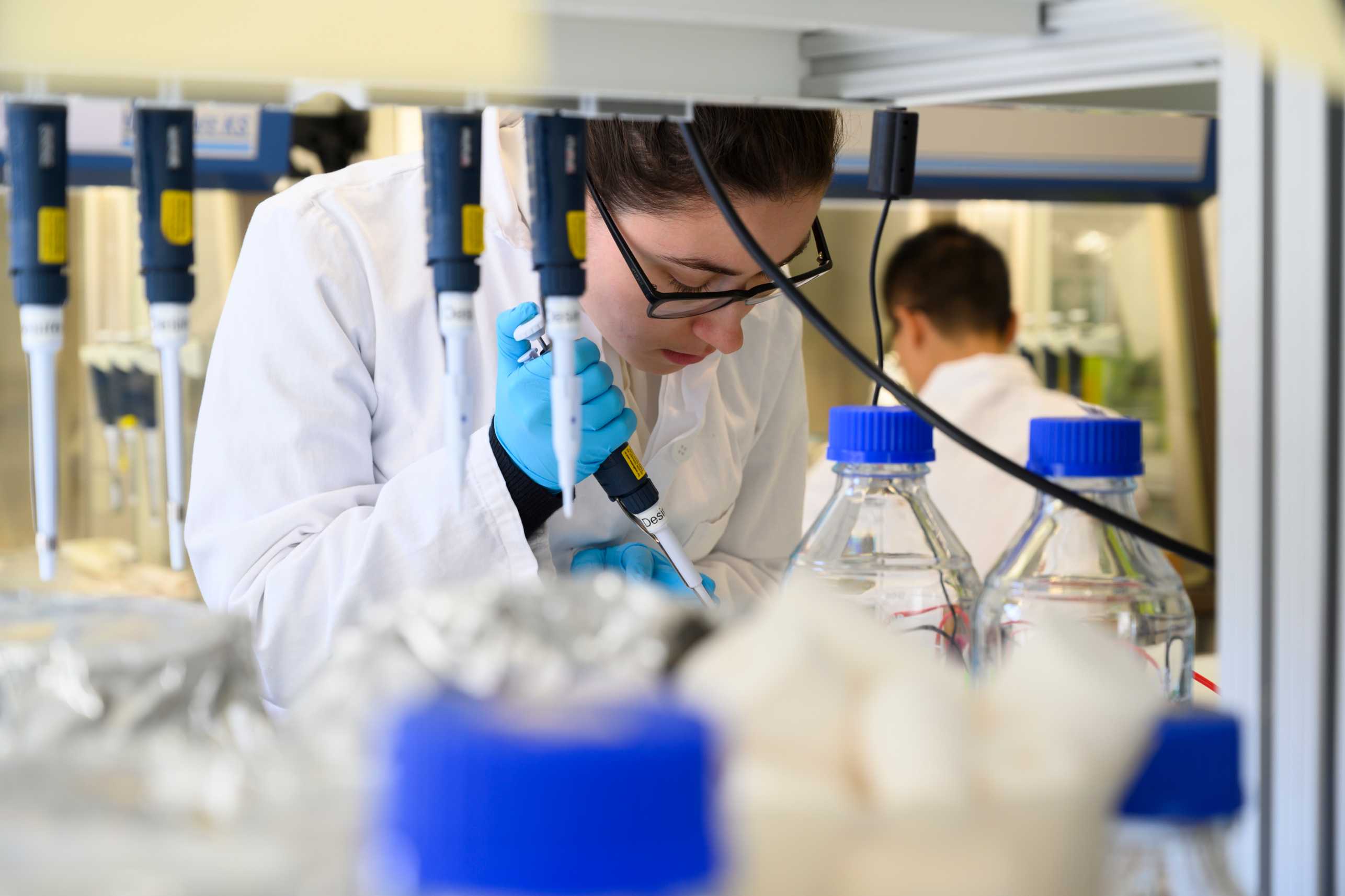Infrastructure
CryoEM instrumentation
We have access to three Titan Krios cryo-electron microscopes, equipped with imaging filters, direct electron detectors and phaseplates.
Vitrification is performed using plunge freezers (Vitrobot, Leica GP2) and we have access to high-pressure freezers.
CryoFIB milling is performed on a Crossbeam 550 (Zeiss) with VCT500 cryoshuttle (Leica), or on an Arctis cryo-plasmaFIB instrument (ThermoFisher).
For cryo-light microscopy, we use a Zeiss LSM900 Airyscan2 confocal microscope equipped with Linkam cryo-stage.
Micropatterning of cryoEM grids is done on a Leica THUNDER imager equipped with the Alveole PRIMO system.


Wetlab and computational resources
The lab comprises a biosafety wetlab (level 2), a eukaryotic cell culture lab, a cryo-sample preparation lab, and office space. For EM data processing, the lab has installed local workstations, a high-performance server for computing, and a file server.

Technology platforms and hubs
Lab members have access to state-of-the-art imaging instrumentation (LM and EM) at the ETH platform ScopeM.
The external page Functional Genomics Center Zürich offers a variety of services including mass spectrometry and sequencing.
We interact closely with the team of the CryoEM Knowledge Hub.